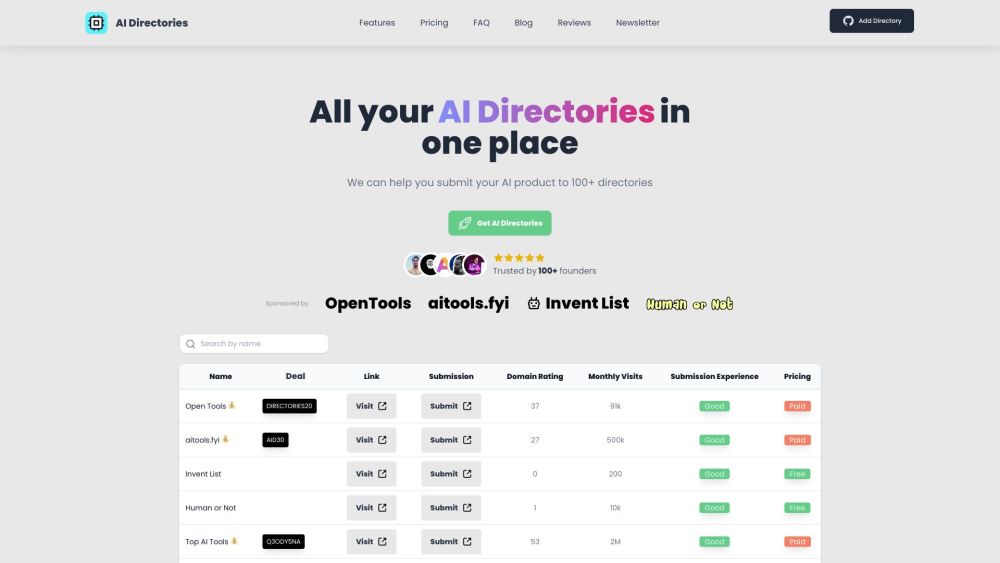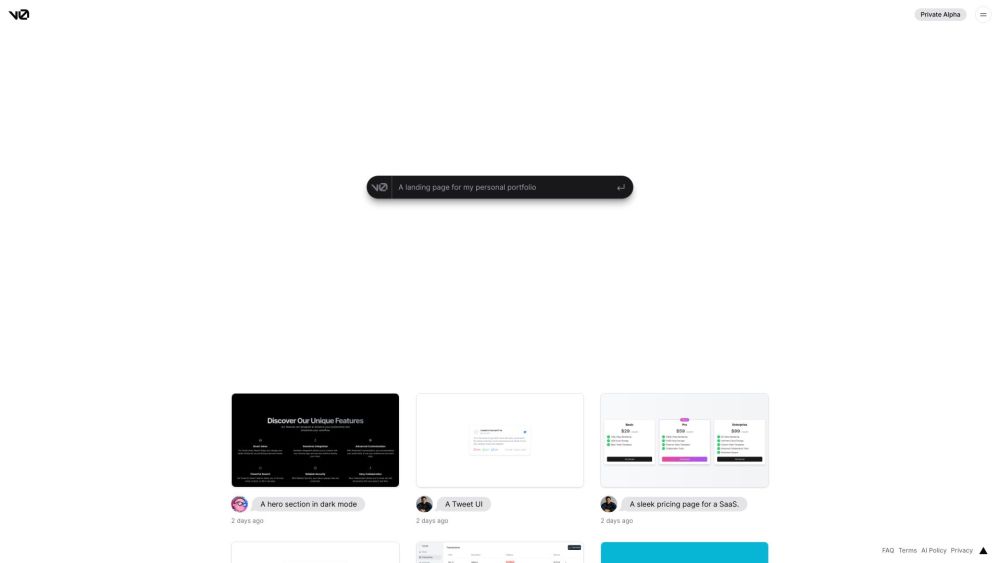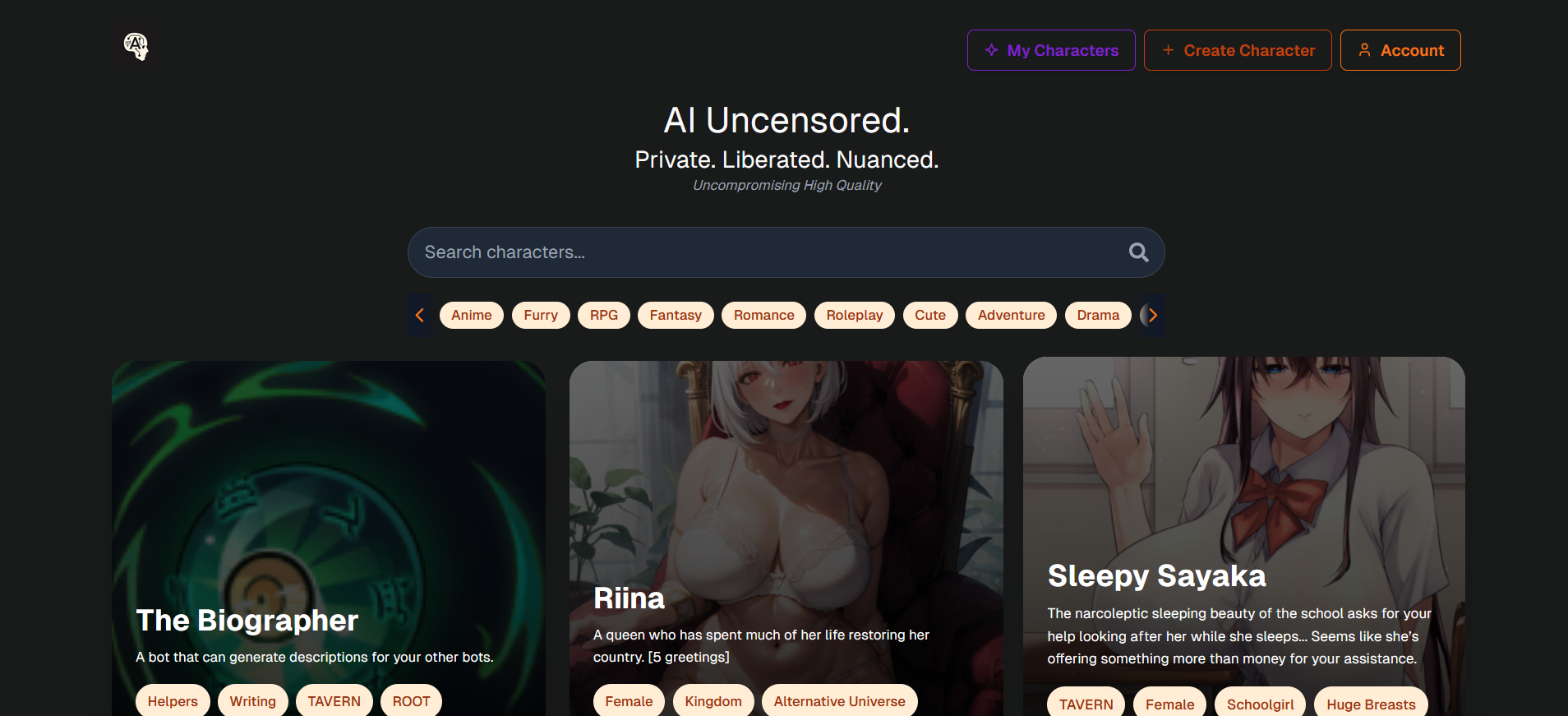OpenAI has introduced its new flagship AI model, GPT-4o, and is expanding access to its AI tools that were previously available only to premium users. This announcement came during the eagerly anticipated Spring Update event, where the company emphasized its commitment to democratizing the use of ChatGPT.
In a significant shift, OpenAI has made it possible for users to engage with ChatGPT without needing to sign up. Free users can now customize their own GPTs, explore the newly launched GPT Store, and utilize advanced features, including vision and voice capabilities. The backbone of these enhancements is GPT-4o, the company’s most advanced model to date.
“This is a major stride forward in user accessibility,” stated Mira Murti, OpenAI’s Chief Technology Officer. “We are focused on transforming the way we interact with technology.” To add to the excitement, Murti hinted at upcoming developments, stating, “Stay tuned for updates on our progress towards the next breakthrough.”
### Introducing GPT-4o
GPT-4o, where ‘o’ stands for Omni, replaces previous models such as GPT-4 and GPT-4 Turbo. This new model is accessible to both free and paid ChatGPT users, marking a significant advancement in AI technology available to non-paying users. Over the coming weeks, users can expect to experience its robust capabilities firsthand.
What sets GPT-4o apart is its impressive speed — with performance that is double that of GPT-4 — along with significant improvements across text, vision, and audio applications. It excels in processing text in English and programming code, and also demonstrates enhanced performance in non-English languages. This versatile model supports over 50 languages and is available to developers through OpenAI’s API, where it operates at a cost five times lower than its predecessors while offering five times higher rate limits for operations.
While free users will enjoy these advanced features, paid users will benefit from expanded capacity limits, with Team and Enterprise users receiving even greater advantages.
“The remarkable aspect of GPT-4o is its ability to deliver advanced intelligence to everyone,” Murti added, emphasizing the model’s potential for fostering more intuitive human-computer interactions. It can process input and output from multiple modalities, including text, audio, and images.
Notably, GPT-4o incorporates an advanced memory feature, allowing it to remember user preferences across conversations. Users can freely discuss content from web pages, such as analyzing charts or photos, without losing context.
### A Revitalized User Experience
OpenAI has also revamped ChatGPT’s user interface (UI), introducing a clean and modern design that enhances usability. Available now as a desktop app, the redesigned interface aims to provide a more natural and intuitive experience. ChatGPT can be easily windowed on a desktop, allowing simultaneous interaction with other applications.
With refreshed voice capabilities, users can open a separate window for ChatGPT to assist with various tasks seamlessly. During a live demonstration, OpenAI showcased the chatbot's ability to handle code effectively: users simply copied code and invoked the chatbot using voice commands, minimizing the need for manual input.
GPT-4o responds to audio commands in a fraction of a second — as quickly as 232 milliseconds — a significant improvement from previous response times that ranged from two to five seconds. Observers noted how the bot's natural-sounding voice, enhanced through ongoing investments in audio technology, contributes to a more engaging conversational experience.
### Expert Insights
Dr. Andrew Rogoyski from the University of Surrey's Institute for People-Centred AI described the Spring Update as a notable moment for OpenAI, highlighting the speed and naturalness of the responses generated by GPT-4o. “The responses were impressively lifelike and maintained human-like nuances. This demonstration truly raises the bar for voice assistants,” he remarked.
Alon Yamin, co-founder and CEO of Copyleaks, emphasized GPT-4o’s evolution in becoming a powerful AI assistant akin to established platforms like Alexa and Siri. “This model enhances capabilities across text, images, and audio, placing a strong focus on human-technology interaction,” Yamin noted. He cautioned, however, that as this technology advances, maintaining a critical perspective is essential, especially considering the potential pitfalls such as misinformation. The necessity for effective safeguards becomes increasingly apparent as users integrate these tools into their daily lives.
As OpenAI continues to lead the charge in AI innovation, the introduction of GPT-4o represents a pivotal moment in making advanced technology accessible and interactive, shaping the future of human-computer dialogue and engagement.




